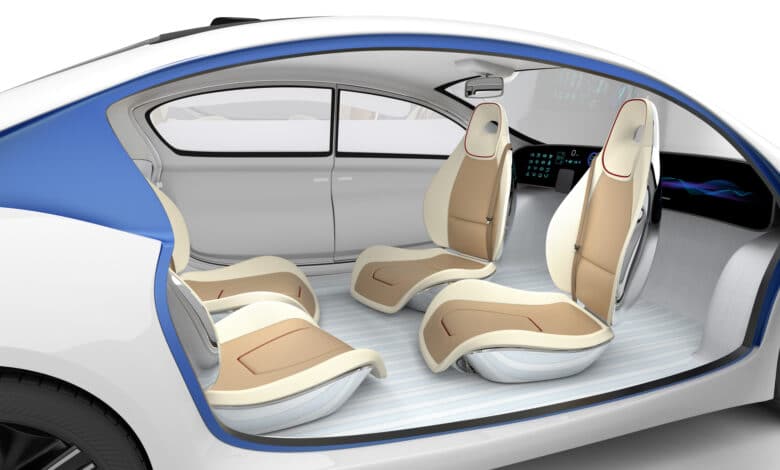
It seems certain that the cars of the near future will no longer be powered by combustion engines. But while e-mobility continues its triumphant march, progress in the field of autonomous driving is stagnating. While companies like Tesla are working with IT experts to develop sophisticated artificial intelligences that already drive far more safely than any human could, computer-controlled driving is still exceedingly rare on the road. Now, the U.S. Transportation Security Administration has urged that autonomous driving requires more than just safe AI. It also requires a complete rethink of vehicle features, it says.
Autonomous driving only without steering wheel and pedal?
While autonomous driving in this country is found at most in exotic pilot projects, it is part of the everyday picture in road traffic in the USA, at least in large cities. So it’s hardly surprising that the U.S. National Highway Traffic Safety Administration has often found reason to complain in the past and forced automakers to revise their technology. Now, however, the agency is not addressing the vehicles themselves as part of its latest pronouncements on the subject of autonomous driving. Instead, it is admonishing the need to completely overhaul vehicle interiors as part of licensing requirements.
To clarify the changes, let’s first make clear what registration requirements a vehicle must currently meet. In order to be registered, a driver’s seat is required, as well as accelerator and brake pedals and a steering wheel, of course. But at least the latter two controls are simply no longer needed when the car is driving autonomously. Consequently, they would have to be removed from the requirements for future self-driving cars. This has exciting consequences for the design of future cars and could revolutionize the vehicle.
Rethinking the car
If children want to imitate their parents driving a car, they reach for a plate or other circular object to mimic a steering wheel. But this taken-for-granted image, common around the world, could soon change. This is true at least if one agrees with the U.S. National Highway Traffic Safety Administration (NHTSA) and its comments on current vehicle registration regulations. The focus here is on dispensing with unnecessary controls. But why should you do without steering wheel, pedals and the like? One main reason is certainly the cost savings involved. According to the transport authority, car manufacturers could save an average of around 1,000 US dollars in the production of a vehicle. This would probably not only be reflected in a lower purchase price for the customer. On top of that, foregoing materials would probably also be more environmentally friendly, since raw materials would be saved.
General standard still a long way off
Even if it appears that we will soon only see self-driving cars on our roads with changes to the licensing requirements, this is by no means the case. NHTSA is clearly aware that it will be many years before AI replaces humans in controlling cars. Nevertheless, the traffic safety authority wanted to set the course now so that car manufacturers do not maneuver their developments into a dead end. Indeed, one can increasingly observe prototypes that rely on a kind of hybrid solution. In them, the car’s steering wheel can be conveniently retracted and extended again. If the steering wheel is not a registration requirement, the human control unit can be dispensed with altogether.
The savings potential becomes clear here. But it’s not just the steering wheel that could easily be eliminated in future cars. The arrangement of the seats can also be rethought. Why shouldn’t the passengers in a self-driving car simply sit facing each other? After all, a driver’s seat facing forward is no longer needed anyway in the absence of a steering option. Despite the various design options, the U.S. Transportation Safety Administration makes it clear that the protection of the vehicle’s passengers is still the top priority. In this regard, self-driving vehicles should in no way perform worse than conventional human-controlled ones.
Thrilling concepts are already circulating
If there’s one thing automakers like, it’s releasing concept cars. Through them, you can get a glimpse of the maybe-future. While they are often only intended to have a positive impact on the company’s image, their practical purpose should not be underestimated either. By moving away from the conventional seat layout in our cars, it would be a milestone in automotive history. The advantages of such a vehicle interior are obvious.
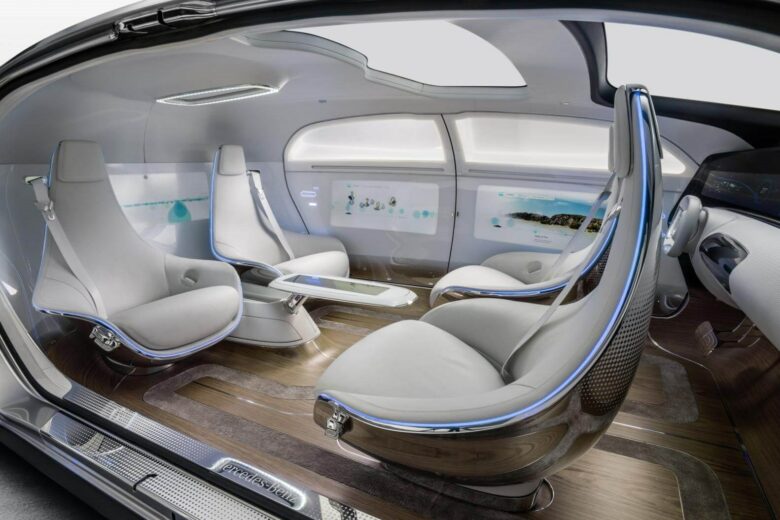
The often stressful commute to work or on vacation is transformed into a relaxing ride where you can simply sit back and be chauffeured, just like on a train. By eliminating unnecessary controls, vehicle interiors could be made much more homey and packed with entertainment. Thanks to the comment from the Transport Safety Authority, manufacturers now already know the direction in which their developments should go. We’re excited to see what’s in store!
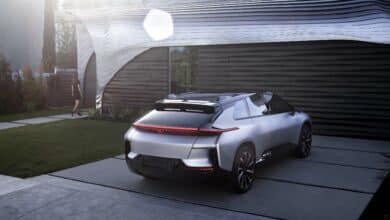
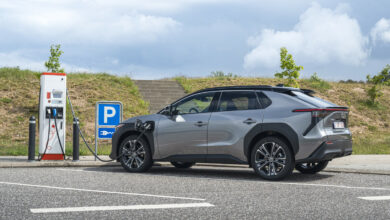
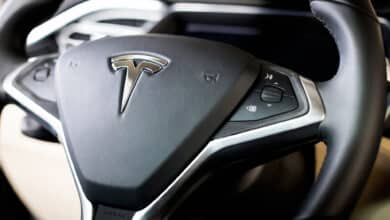
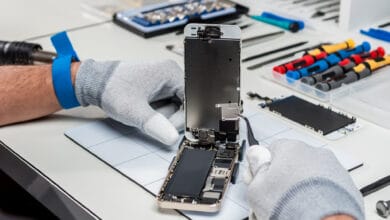
No replies yet
Neue Antworten laden...
Neues Mitglied
Beteilige dich an der Diskussion in der Basic Tutorials Community →